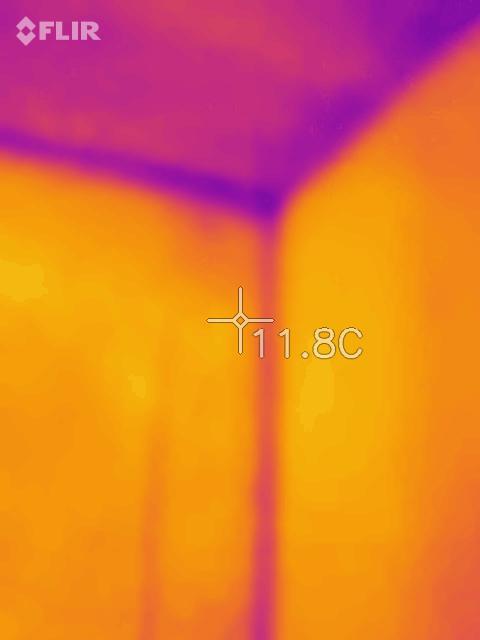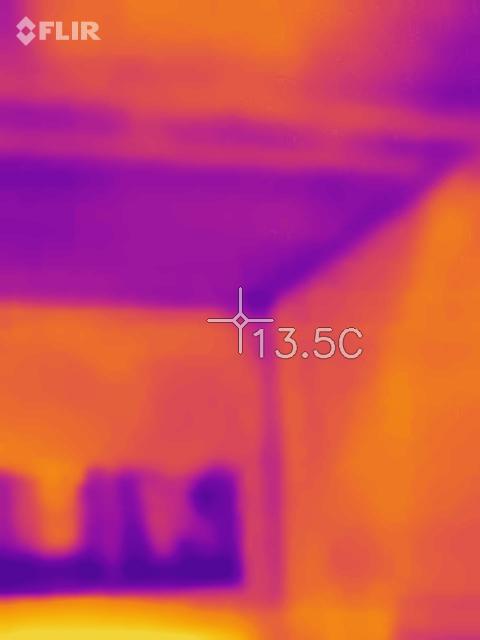Home » Psi-Value Calculations
Psi-Value Calculations

What Is A PSI Value Calculation?
The PSI Value Calculation is a method for determining the heat loss or gain in a building at a junction. It is calculated using the linear thermal transmittance, which measures the rate of heat movement per degree temperature difference per unit length of a thermal bridge. The linear thermal transmittance is expressed in W/mK.
The PSI Value Calculation is used to calculate the overall heat loss of a building due to the presence of thermal bridges, which are regions where two thermal elements connect and have a higher heat transmission rate than the surrounding materials. This is in contrast to U-Values, which only determine heat loss through thermal elements such as walls, floors, and windows.
Why would I need Psi-Value Calculations?
If you request a SAP or SBEM assessment of your building but do not specify unique Psi-Values, a default Psi-Value will be used. This is usually lower than a building’s actual Psi-Value result, and it can effect whether or not your building meets standards.
Completing a specific Psi-Value calculation as part of your assessment will provide more precision than using an assumed Psi-Value, increasing the chances of your property meeting compliance the first time around.
The Building Regulations/Standards require that all SAP and SBEM assessments include a thermal bridging component, regardless of whether you include a separate Psi-Value or not. This is especially crucial if you are striving to meet higher levels of sustainability.
The following are examples of typical ‘junctions’ that frequently show greater heat loss:
- where an exposed wall meets a ground floor
- where an external wall meets a balcony
- Sills and lintels
- Jambs on windows or doors
Psi-Value Calculations are performed using specialised thermal modelling software, such as Trisco.

Why are Psi values important?
The U-Value calculation only accounts for heat loss through thermal elements and not the overall heat loss through the building’s fabric. The additional heat loss at the junctions, known as non-repeating thermal bridges, is significant and must be considered.
The geometry of the junction and its construction play a role in the heat loss through non-repeating thermal bridges. In SAP calculations, internal dimensions are used to measure the thermal elements and assign U-Values, which can result in an overestimation of total heat loss. This is because the materials used at the junction often have a higher thermal conductivity than those used in the thermal elements, such as a block of concrete at the junction instead of continuous insulation.
What Should You Do About Psi Values?
In order to accurately assess a home’s energy performance, SAP Assessments take into account both PSI values for junctions and U-values for exposed elements. Minimizing PSI values is essential for meeting the latest building regulations in the UK.
Designers previously used established schemes such as Accredited Construction Details and Enhanced Construction Details to comply with regulations. These schemes offered pre-determined junction designs based on the type of construction, such as timber, masonry, or steel. However, these schemes are now outdated and are no longer allowed in SAP 10.2 and Part L regulations.
As a result, designers are increasingly using certified products from manufacturers with predetermined PSI values or performing their own calculations to determine PSI values. It is important to ensure that the PSI values are as low as possible in order to achieve the best possible energy performance in a building. The use of certified products from reputable manufacturers is a reliable and efficient way to ensure that the PSI values are within the required standards.
Psi values are a key aspect in the design of low-energy buildings. In the past, they were often given limited attention, but as building regulations become more stringent, understanding Psi values is becoming increasingly crucial in creating an efficient building design.
Briary Energy offers bespoke Psi-Value calculations to increase the chances of your SAP/SBEM assessments meeting building regulation standards and to achieve greater energy savings for your property.
To arrange a Psi-Value calculation, please use the contact form provided. We guarantee that we will not be beaten on price or delivery times for Psi-Value Calculations. Get in touch with us today to start designing an energy-efficient building that meets all the necessary standards.
